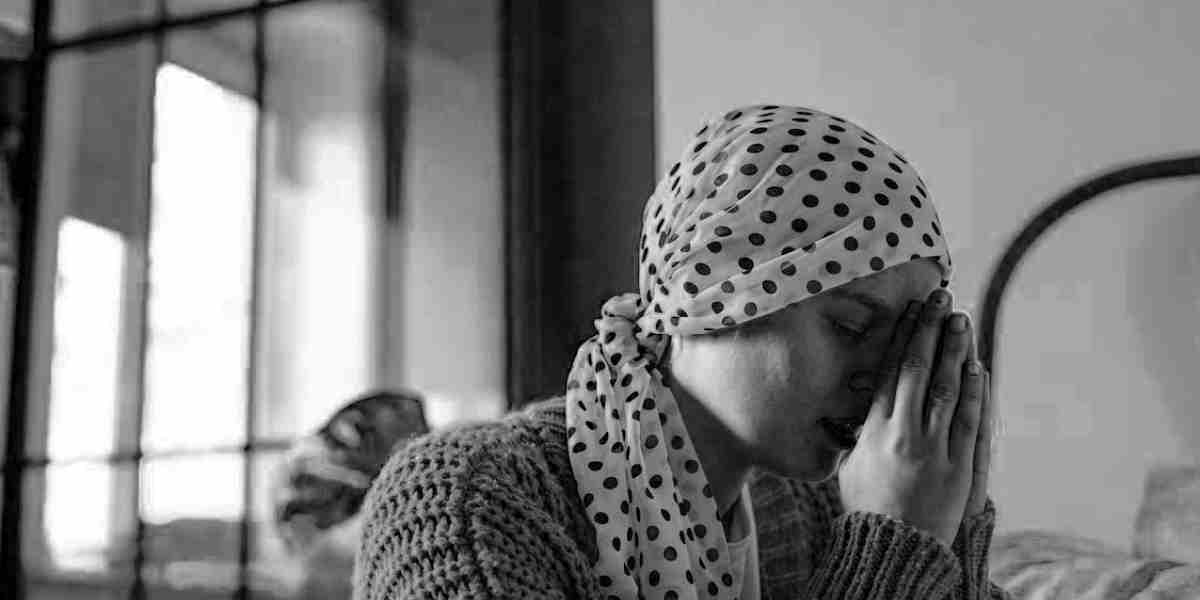The problems afflicting cancer care in Telangana are worrying as incidence is expected to see a spike in next 15 years.
Published Jul 31, 2023 | 8:30 AM ⚊ Updated Jul 31, 2023 | 8:30 AM

Study points to stigma that looms over cancer patients, deterring them from seeking care. Representational image. (Creative Common)
“I never knew about cancer until I was diagnosed. I thought the lump underneath my breast was normal for pregnant and lactating women, and believed cancer was the result of straining my voice at the workplace.”
That was what one breast cancer patient told researchers of the Hyderabad-based Indian Institute of Public Health (IIPH), which conducted a comprehensive study on cancer in Telangana.
The study, titled Projected Cancer Burden, Challenges, and Barriers to Cancer Prevention and Control Activities in the State of Telangana, highlights the hurdles to effective cancer care and predicts the future trends in cancer cases and healthcare workload in the state.
The study — published in Plos One on 14 July — involved the assessment of cancer magnitude, workload, demand for human resources, and equipment. The study used data from published and grey literature to estimate the number of new cancer cases from 2022 to 2037.
As part of the study, in-depth interviews were conducted with healthcare providers and cancer patients to explore their perspectives on barriers and facilitators of cancer care services.
 The study found that many patients faced delays in seeking treatment for cancer, and some also struggled with following their treatment plan due to various barriers at the individual and systemic levels.
The study found that many patients faced delays in seeking treatment for cancer, and some also struggled with following their treatment plan due to various barriers at the individual and systemic levels.
A whopping 84 percent of healthcare providers pointed to a lack of awareness as the primary reason for people’s delay in seeking medical help for cancer-related issues.
In the shadow of misinformation, patients faced formidable obstacles like not recognising cancer-risk factors and being unfamiliar with self-examination procedures. Sadly, some of them even dismissed early symptoms.
“Negligence of early symptoms and preference of local quacks to allopathic practitioners were the common patient-related barriers encountered by primary healthcare providers,” finds the study.
The level of education played a significant role in the awareness — or lack thereof — of cancer.
Astonishingly, none of the patients with only senior secondary education was aware of cancer, while 83.3 percent of patients with higher education levels, such as graduates, were familiar with the disease.
Patients with lower educational levels and lower awareness about cancer tended to take longer to get diagnosed after noticing symptoms.
The study pointed out the stigma that loomed over cancer patients, deterring them from seeking medical care.
“The prime reason for the late presentation of cancer patients at health centres among villagers is the taboo and apprehension that revealing their diagnosis may lead to them being ‘labelled’ by the community which results in them facing hardships due to societal norms,” said the researchers.
Within the labyrinth of the Telangana healthcare system, financial barriers emerged as a formidable adversary to cancer care.
“Even though diagnostic tests and treatments are provided for free at public health facilities, around 60 percent of stakeholders pointed out that indirect costs, like loss of wages and work hours, become a burden for families below the poverty line,” said the study.
It added that this was especially true if the patient or their primary caregiver was the sole earner in the family.
Additionally, patients and their families had to bear the direct non-medical costs — like transportation and accommodation — during cancer treatment.
This can be challenging for those living in remote areas, as cancer treatment can take a long time.
As cancer treatment could be a prolonged affair, the financial strain escalated, leading to distress financing and out-of-pocket expenditures ranging from 40 percent to 70 percent of the total treatment cost.
The study brought to light a significant issue: A notable number of cancer patients failed to complete their treatment, dropping out of the care process between cancer screening and treatment completion.
Oncologists expressed concern about patients’ perception of cancer treatments and their potential side-effects, such as hair loss during chemotherapy, leading them to abandon the recommended therapy in search of alternatives under the assumption that the prescribed treatment was ineffective.
“Once patients return home after the first cycle, they feel they are completely cured and don’t return for the next cycle on time. They return only when the disease progresses and returns and they start experiencing discomfort or difficulty,” revealed a healthcare provider to the researchers.
Psychological concerns, such as anxiety, were cited by 60 percent of healthcare providers as a cause for non-compliance.
Additionally, social circumstances like the absence of family support or caregivers to accompany the patient, as well as the distant location of diagnostic and treatment centres, were identified as barriers to adherence to referral advice and recommended therapy.
According to the study, a lack of well-defined, standardised pathways for cancer management hindered the timely diagnosis and appropriate treatment of cancer patients.
Physicians at the primary healthcare level said referring patients to secondary-level health centres often proved futile due to shortages of specialists and diagnostic equipment for confirmatory diagnosis and staging.
At the secondary level, the need for standard protocols to ensure the appropriate referral of screen-positive and suspected cases was emphasised.
With the help of the crystal ball of data analysis, the study projected a significant surge in new cancer cases and an overwhelming increase in healthcare workload over the next 15 years (from 2022 to 2037).
This impending rise in cancer cases called for a collective effort to address the challenges head-on and allocate resources effectively to ensure timely and effective treatment for all.
